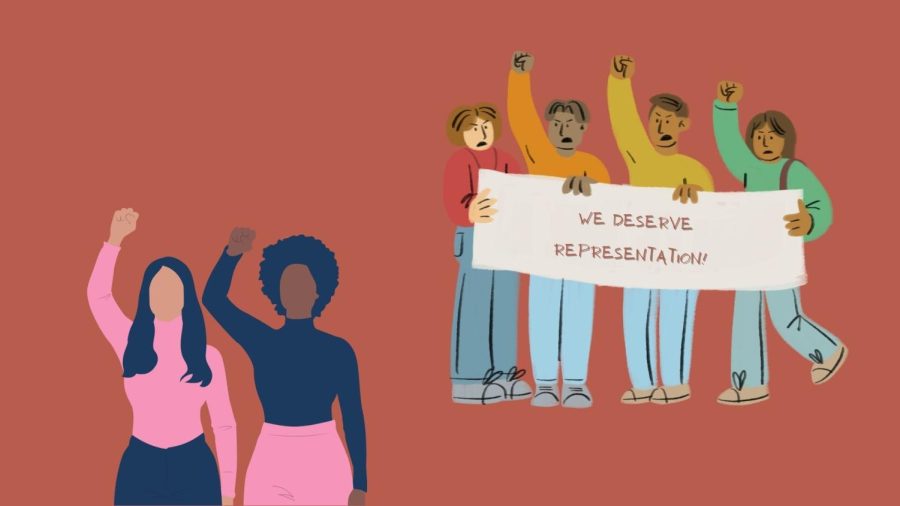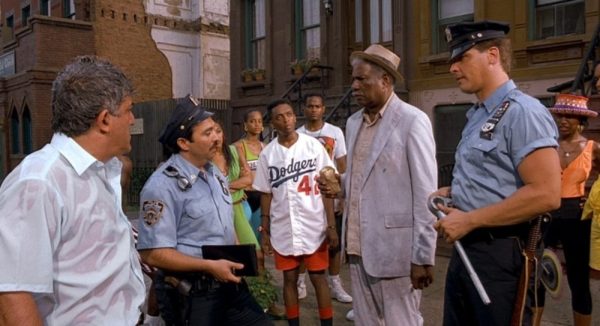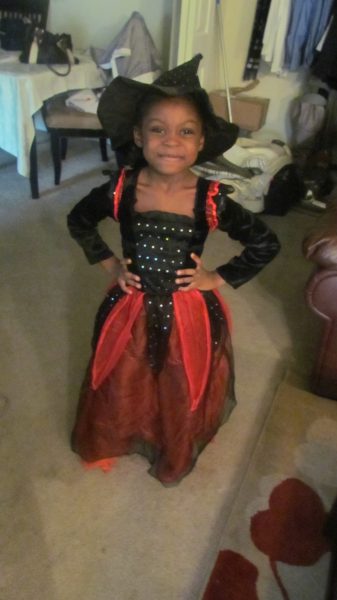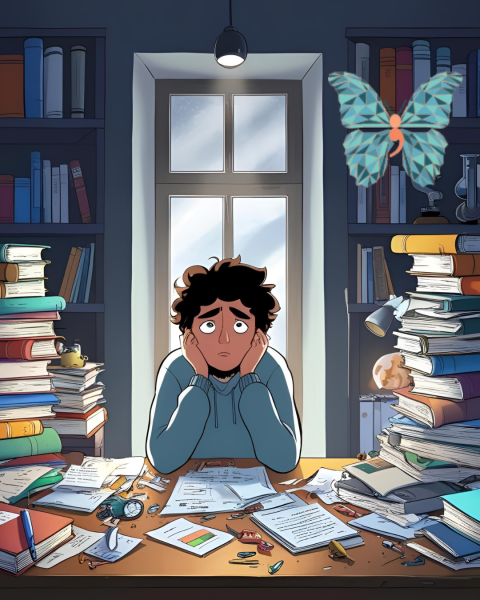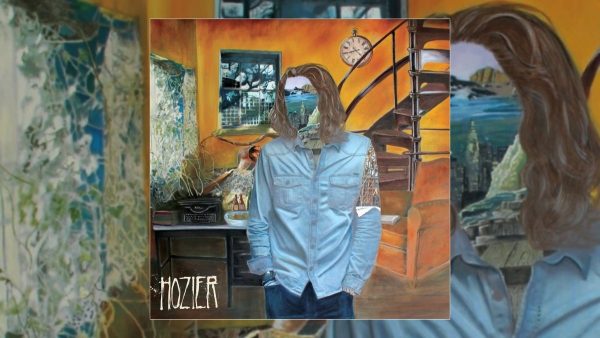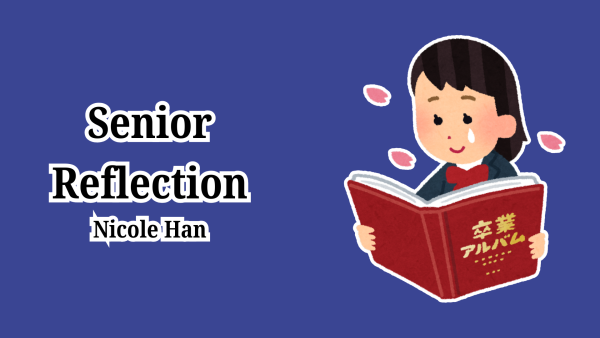True representation is showing the spectrum of identities
Current representation in media lacks the nuances that make up a person’s identity.
Many recent conversations about diversity and inclusivity revolve around representation in fiction media such as novels, TV shows, cartoons, and movies.
In a sense, it’s quite simple.
To represent underrepresented demographics, we bring in more characters of these groups into our literature and film. To combat the lack of representation for women in positions of authority, we introduce female characters that are coaches, lawyers, principals, and CEOs. To combat the lack of representation of non-Eurocentric histories and cultures, we build stories revolving around legends and traditions from different parts of the world.
Representation is understood as a very linear form of progress. The more underrepresented characters and stories surrounding minority struggles, the more progress we’ve made.
As a little girl who loved to read, I was exposed to no shortage of “strong female characters.” This exposure, however, did not absolve me of harmful female stereotypes. While there were many “strong female characters” present in the stories I read, they were limited in their portrayal of what being a strong woman could look like. Many of these women were either cold-hearted or incredibly stubborn, never engaging in any “feminine” activities while still maintaining a conventionally attractive appearance.
This representation was not in itself an issue, but it being what felt like the only example of strong women had a great impact. Growing up, I believed the key to being a strong woman was avoiding wearing makeup, losing weight to achieve an “athletic” figure, and maintaining an overall spiteful attitude when interacting with my male peers.
What this created is what Nigerian author Adichie Chimamanda deems a “single story.” In her Ted-Talk, The Danger of A Single Story, she states that “The single story creates stereotypes. And the problem with stereotypes is not that they are untrue, but that they are incomplete. They make one story become the only story.”
Representation is not a character, or a story, it’s many stories and representations that paint a larger picture to the people consuming the media. Taking an example from my own culture, I believe that improved Filipino representation will come when we see Filipino characters who heavily identify with their heritage alongside other characters who do not identify with it to the same extent.
I think improvement will come when stories that fully celebrate the beauty of the Philippines, stories that discuss the hardships and provide criticisms to our communities, and stories that do a little bit of both exist. I think “progress” will be in the full range of ages, personalities, and connections to heritage that portray our multifaceted nature from which we glean our humanity.
The harm of stereotypes is in their lack of complexity and the purpose of representation is to add to that complexity, not take it away. Representation is not a task, but a long drawn out process, measured by people’s understanding of a group as complex, nuanced, and ultimately, human.
Your donation will support the student journalists of Watkins Mill High School. Your contribution will allow us to purchase equipment and cover our annual website hosting costs.
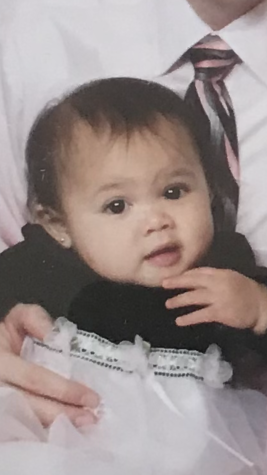
Andrea “AJ” Gordon is a senior at Watkins Mill High School and Opinion Managing Editor for The Current. She is an IB Diploma student and is a part...



